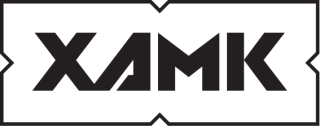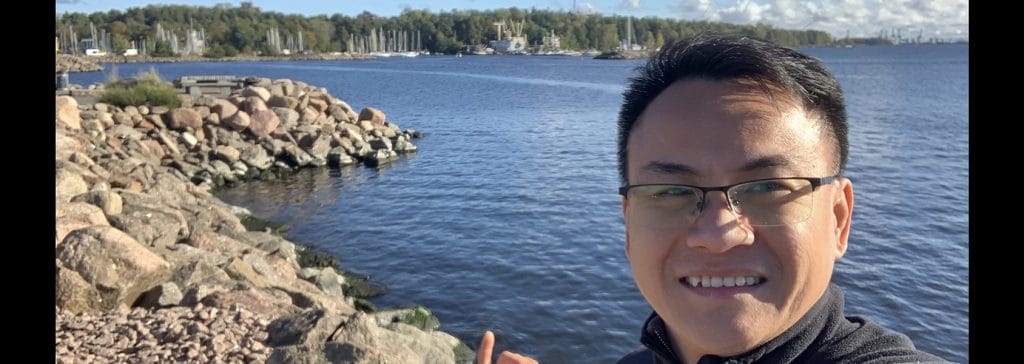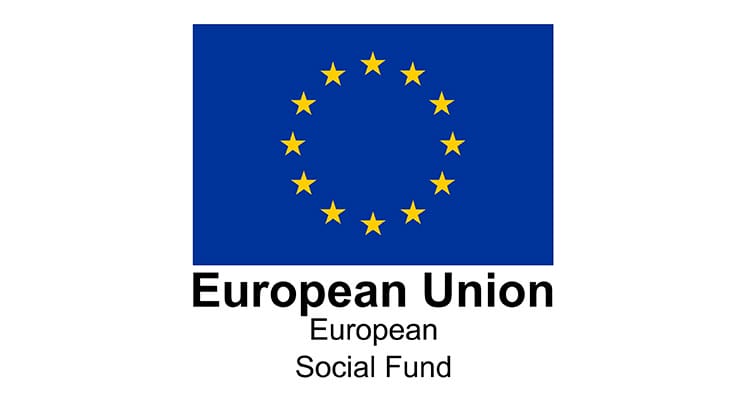
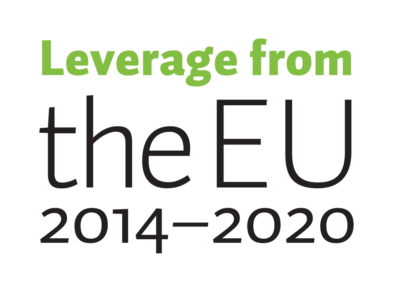
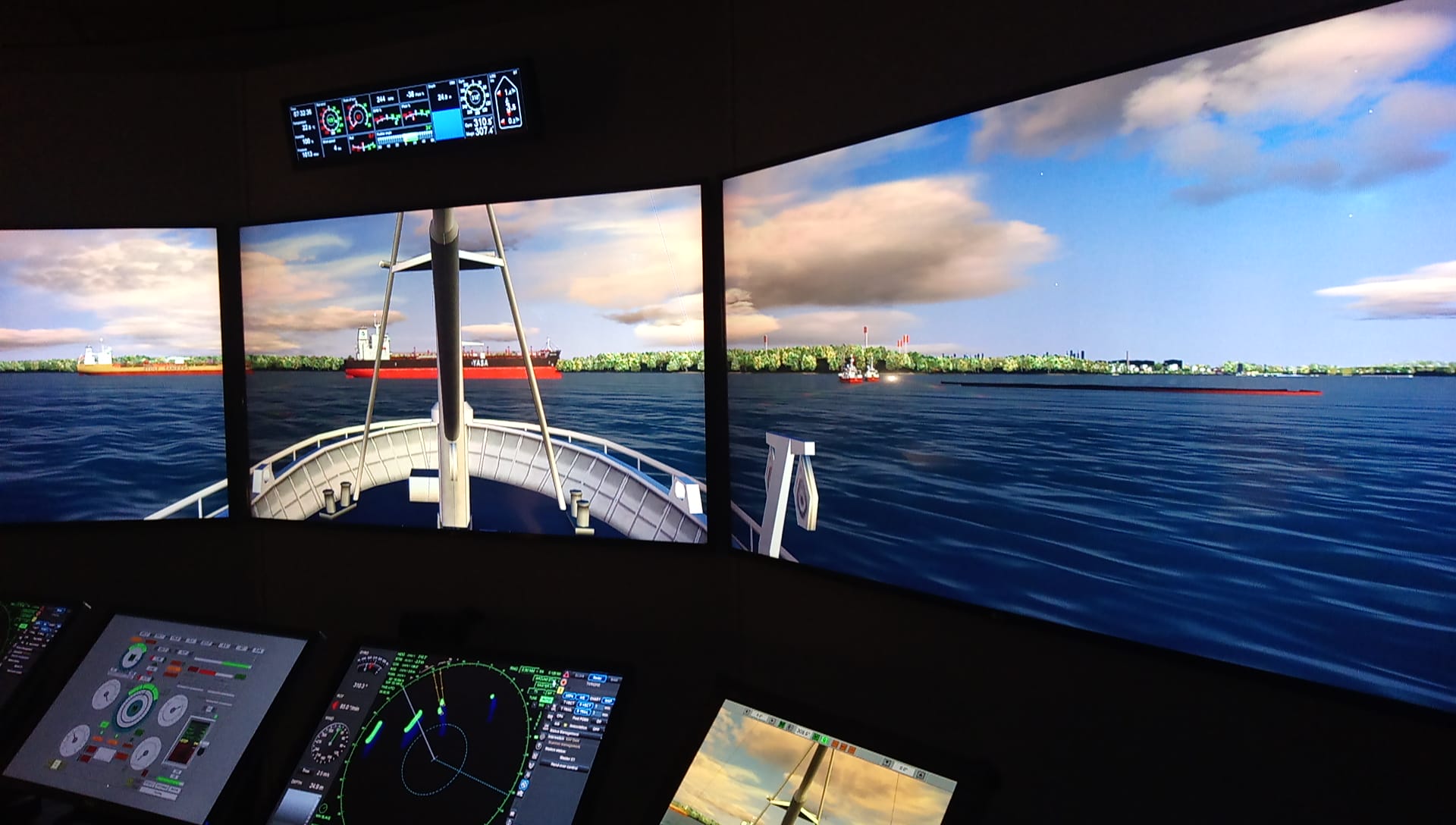
SCAROIL
Simulator Training for Cargo handling and Oil recovery
The project develops oil spill response simulator training for regional fire and rescue services and other response authorities.
The project has been completed.
New simulation training model for oil spill response
Project objectives and activities
The oil spill training programme aims to utilize new educational methods; e-learning and simulator based training. In addition to fully exploiting the existing navigational bridge simulators, an entirely new oil recovery simulator has been developed. This simulator is designed to model the oil recovery process; recovery method, rate and volume.
The new simulator enables the creation of a comprehensive training programme covering training tasks from a distress call to the completion of an oil spill response operation. Integration of a navigational bridge simulator and the new oil recovery simulator creates a unique learning environment in which the marine oil spill response operations can be demonstrated and new response methods tested.
The structure of the training programme, as well as the training objectives, are based on competence and education surveys (see publications below). The training programme has been piloted twice during the project. The shifts in competence levels of the participants were evaluated in order to demonstrate the actual efficiency of the training. The results convinced that the simulator training is a viable tool to improve the operational capability of the responders.
Project is funded by European Social Fund ESF, European Regional Development Fund ERDF, Finnish Maritime Foundation, Palosuojelun Edistämissäätiö and William & Ester Otsakorpi Foundation.
The equipment and software were purchased under a separate ERDF project SCAROIL Simulators.
Project results
The current state of oil spill response training and competence questionnaire was used as the starting material for the project. Through the survey, more than 80% of Finnish rescue services gave their input on the orientation of training. The number of respondents (189 answers from 58 different organisations) can be considered comprehensive, taking into account the size of the sector.
The survey identified several areas for improvement. A major advantage for the success of the project was seen in the fact that the expertise of the working group could be used to select the areas for improvement and to specify the objectives. Feedback from the target group to compare different training methods and approaches during the pilot trainings also provided valuable input for the project implementation.
Oil spill simulation training courses were tested with rescue services in two (2) pilot trainings. A total of 19 participants from six (6) rescue services and one rescue training institute attended the trainings. Prior to the start of the pilot courses, the participants completed a competency level questionnaire. A competency survey was also carried out after the training to assess the relevance of the training.
For more information on the results, please refer to the articles
- Halonen, J. & Lanki, A. 2019. Efficiency of Maritime Simulator Training in Oil Spill Response Competence Development. Accepted by TransNav 2019 Scientific Programme Committee of 13th International Conference on Marine Navigation and Safety of Sea Transportation. Article in TransNav, the International Journal on Marine Navigation and Safety of Sea Transportation, Vol. 13, No. 1, pp. 199-204. DOI: 10.12716/1001.13.01.20
- Rantavuo, E.; Malinen, H.; Halonen, J.; Lanki, A. & Punnonen, J. 2018. Oil Spill Response Simulator Training – Realistic Enough To Improve Response Capability? Lessons Learnt From Pilot Courses. Short Paper. Interspill 2018 Conference. Lontoo 13-15.3.2018. Interspill 2018 Conference Proceedings.
- Halonen, J.; Lanki, A. & Rantavuo, E. 2017. New Learning Methods for Marine Oil Spill Response Training. Full Paper. Accepted by TransNav 2017 Scientific Programme Committee of 12th International Conference on Marine Navigation and Safety of Sea Transportation. Article in TransNav, the International Journal on Marine Navigation and Safety of Sea Transportation, Vol. 11, No. 2, pp. 153-159.
Contact
SCAROIL Simulator Training for Cargo handling and Oil recovery ENG
Info
Budget
Project no. S20604
